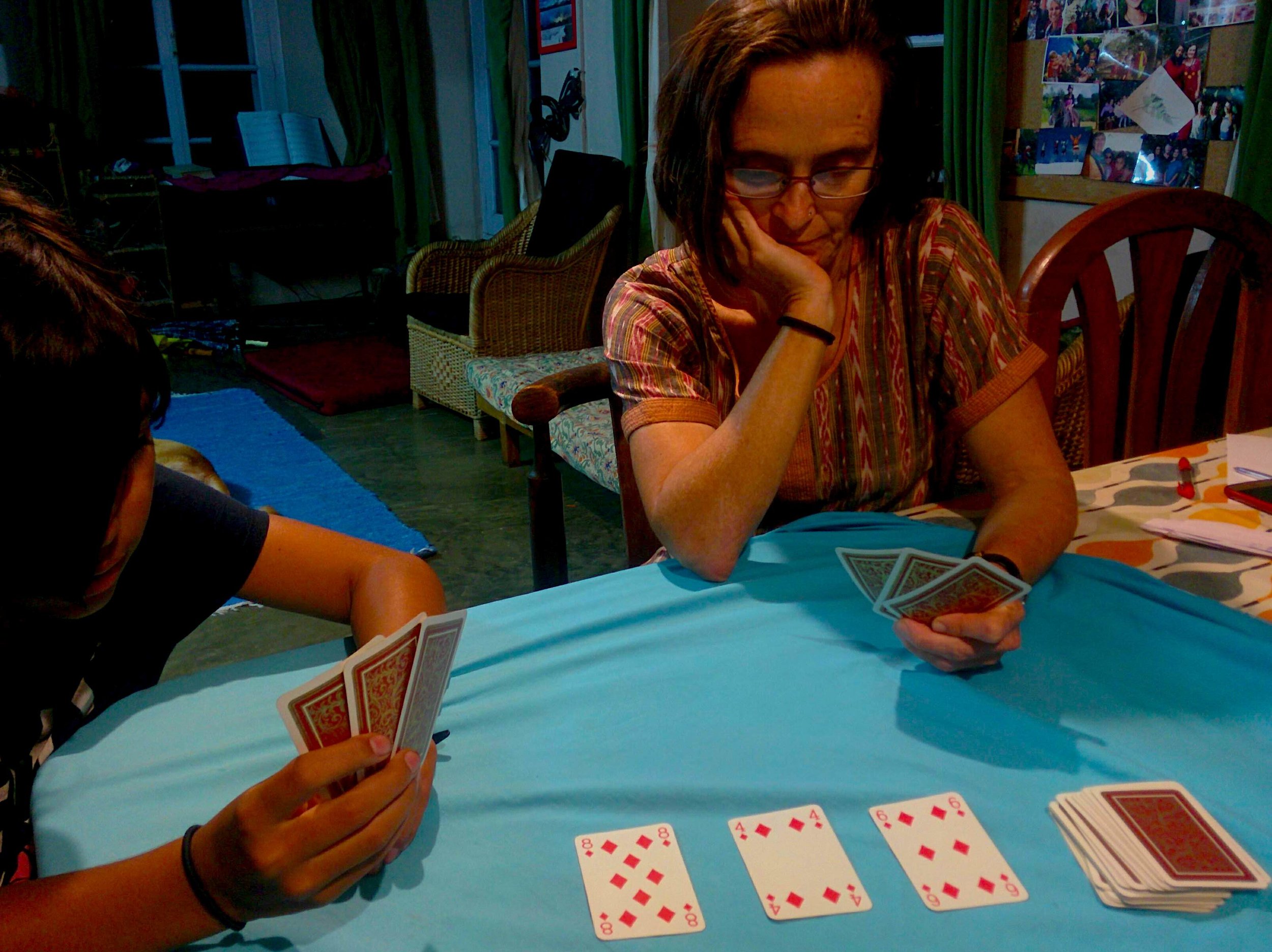Yesterday I looked at the Bill and Melinda Gates Foundation. Goalkeepers Website. A website as beautifully produced as you would expect presents graphs that draw themselves as you watch, accompanied by quotable soundbites like:
"IF YOU WERE TRYING TO INVENT THE MOST EFFICIENT WAY TO DEVASTATE COMMUNITIES AND PUT CHILDREN IN DANGER, YOU WOULD INVENT MATERNAL MORTALITY."
Its all backed up by a slew of optimistic data. Here is one of the graphs.
A graph of hope.
Information on 18 key SDG data points is enriched by actual human stories and backed up by a full report. Great stuff. The graphs project each issue's future trajectory under different funding scenarios. Bill and Melinda exhort us, one and all, to keep believing in and funding development that is rational, scientific, evidence-based and data-driven. A summary of their spin is "There are major problems in the world, but we're going in the right direction. If we keep it going by continuing to invest in aid and development we'll solve it all". They leave a "we can do this" hum hanging in the air.
Development- Oh, so simple! Oh so solvable!
Their Ethiopian Maternal mortality narrative goes like this: Ethiopian women die in childbirth because of infections, few resources, poor education and poor facilities. They need clean health centres and well trained birth attendants. We can solve all this with the tools of Gatesian development (aka the tools of modernity)": computers, microscopes, data and graphs. Its Men against Microbes, its technical and its optimistic. See it all in one image above (from a video on the page that unpacks the story behind the Ethiopian maternal mortality data). The Gates have donated generously to this fantastic (on one level) modern project. Here they are on their site summarizing the narrative in 100 seconds- doing exactly what, at the bottom of their home-page, they suggest we should all do:
"It is a fact that disease and poverty are solvable. We invite everyone to focus on the solvable part of the equation."-Bill an Melinda.
Its all good isn't it, one of the world'd wealthiest men using that wealth for the good of all? He shows what can be done and tells me to focus there. Yes, but.....Telling me where to focus also tells me where not to. Disease and poverty yes but Bill and Melinda implicitly say don't look at people, power politics, structural inequality and unjust relationships. That's unsolvable say Bill and Melinda. I felt their narrative dragging my eyes from where I think they should be to where they want them to be. Their presentation reminded me of Max Roser's "Life is Getting Better in 5 charts" (analyzed here.)- exuding optimism and excluding most of what I think matters. Nothing is unsolvable or unchangeable its just what we decide we want to change and how hard we're prepared to try. An unjust world order is definitely not in the Gates sights, and I feel they don't want it in mine. I began to think about where corralling development into tight technical spaces comes from and why.
That was yesterday. Where I have come to today is seeing these optimistic lets-keep-going-in-the-direction-we-are stories coming from people and institutions in deck-chairs on the Titanic's top deck. The world direction and structure suits them quite well so they only permit some tinkering with some of the most obvious and uncomfortable results of that structure. By presenting the world order as unchangeable they want to restrict change to the tight technical space they construct. To switch metaphors, the authors of these stories invite painters to change the outward appearance of the "tower without staircases"* which houses humanity, but they don't want architects and builders changing the way its built.
Ahh, Life on the Top deck! Just focus on the ice cubes in the Martini not the icebergs on the horizon.
I want multi-layered development. Yes, pit men against microbes (as the Gates do) but also (as the Gates don't) ask complex and dangerous questions. Questions like: "Who holds the world's power?", "Where are the world's weapons of mass destruction stockpiled (why)?" , "Where are the wars fought (why)?", "Who controls the world's money?", "In whose interest is it that resources and finances slide frictionlessly from poor to rich world but poor people stay stuck where they are?", "Is a neoliberal economic system that creates obscene inequality morally justified?", "Who causes the world's environmental damage, who suffers and who pays?", "Which countries have permanent vetoes in the UN (whose idea was that)?" and especially "How can we do it all better, more fairly, more sustainably?". These are structural questions, staircase questions, questions whose answers need architects and builders... and painters. Questions whose answers, as well as computers and graphs and microscopes, need ballot boxes and global treaties, deliberate wealth distribution, labour laws, fair migration policies, wealth taxes and limits on resource extraction . They're questions the Gates' narrative avoids. Assiduously.
Those on the top deck, focused on ice-cubed cocktails in their hands not icebergs on the horizon send optimistic graphs of maternal mortality in Ethiopia down to the bottom deck.... and order another round of Martinis be brought up.
*The idea of a "Tower without staircases, you die on the same floor you were born" is from Arundathi Roy's essay on the Indian caste system in Caravan Magazine. Read it here. To me "You die on the level you were born" equally applies to our global neo-liberal economic caste system.
I need help. These thoughts in my first few hours after looking at the Gates website are only half-formed. What do you think? Am I too harsh in suggesting the interest of The Gates Foundation, Roser's Oxford Martin Centre for new Economic Thinking or the World Bank is stability, aka the top-deck's martini supply? Am I just plain wrong? Are there other explanations for the "We're going in the right direction, just get your head down and work" charts? Do we really live in a tower deliberately designed without staircases? Let me know your thoughts.













